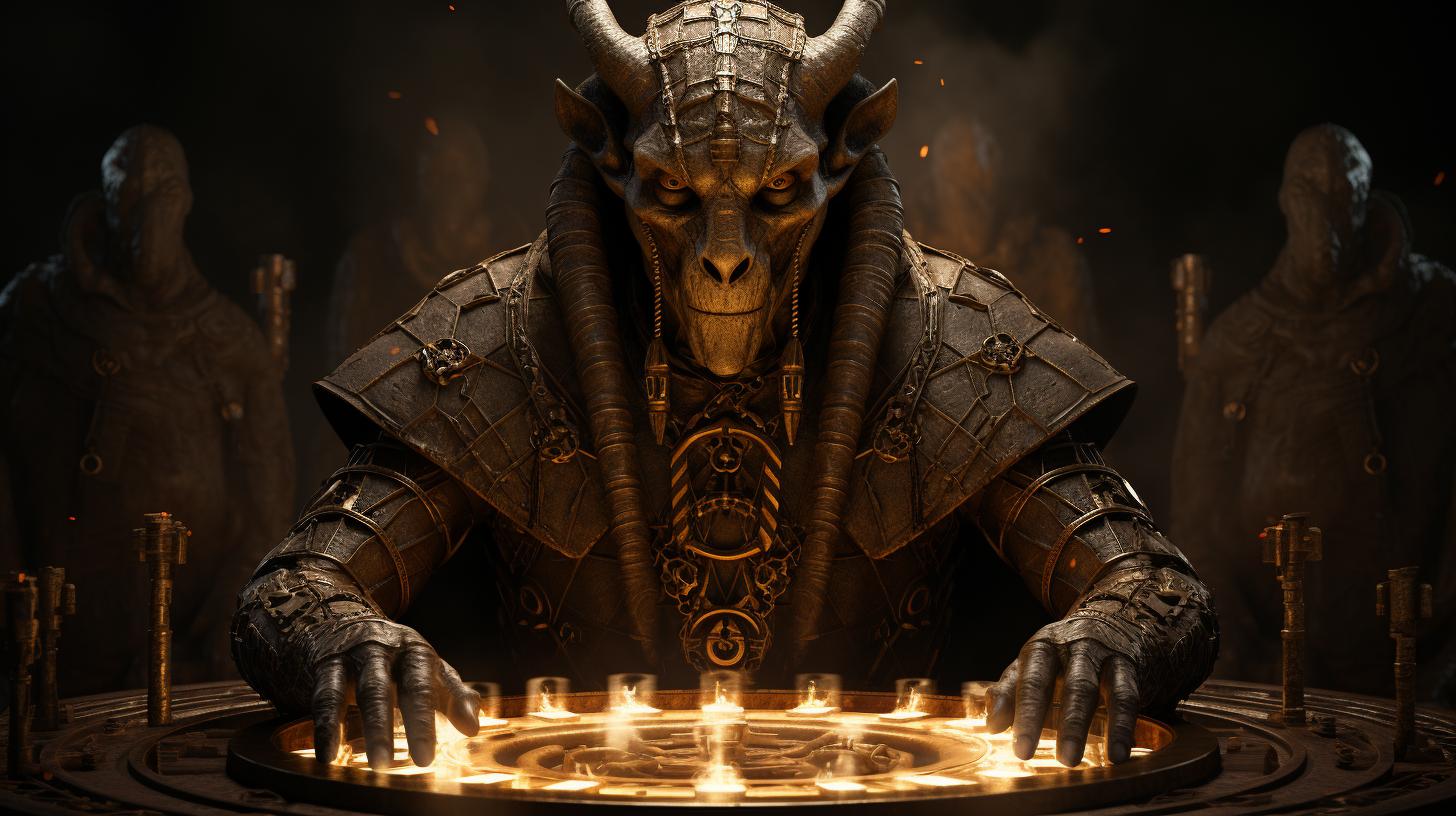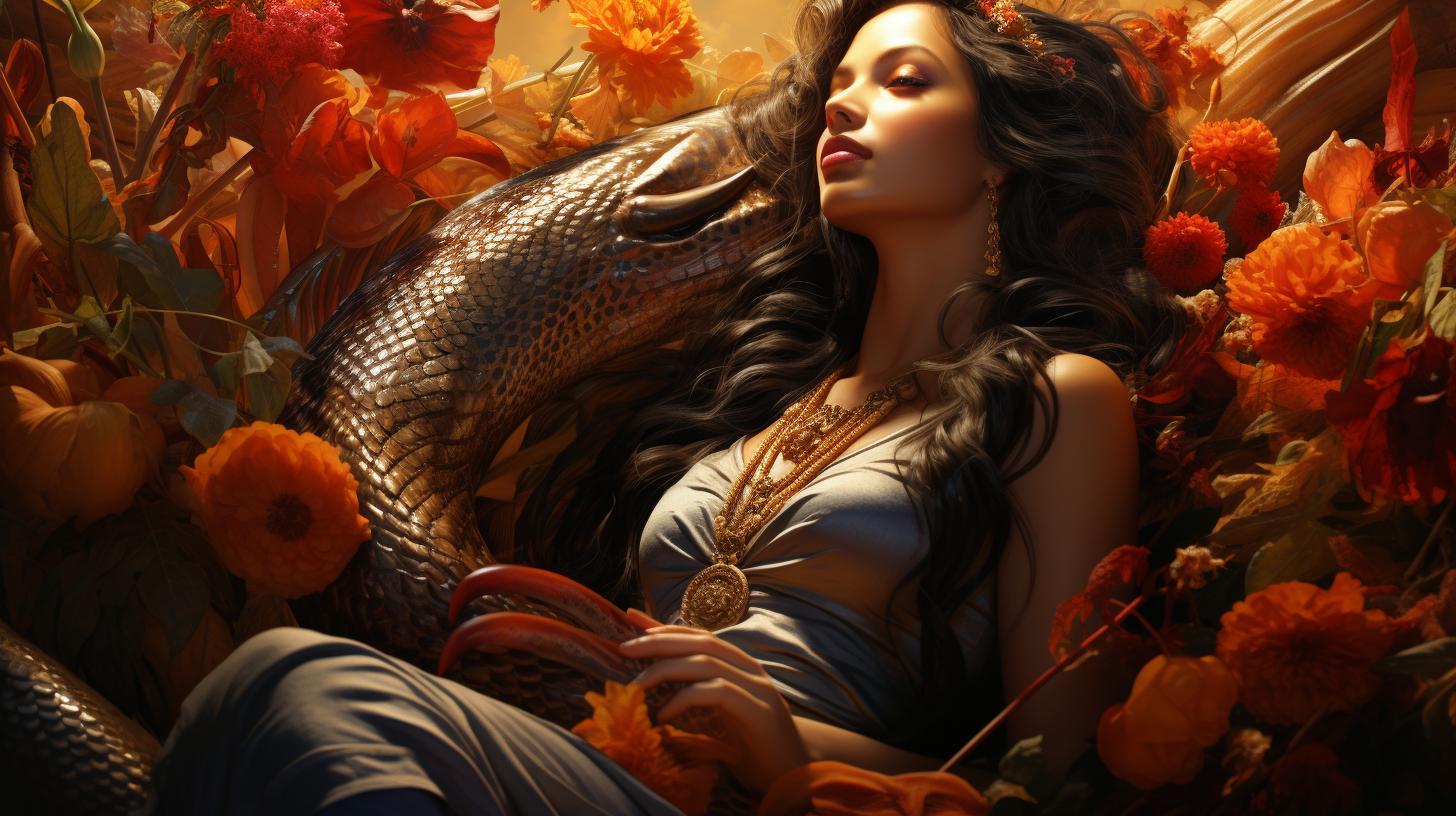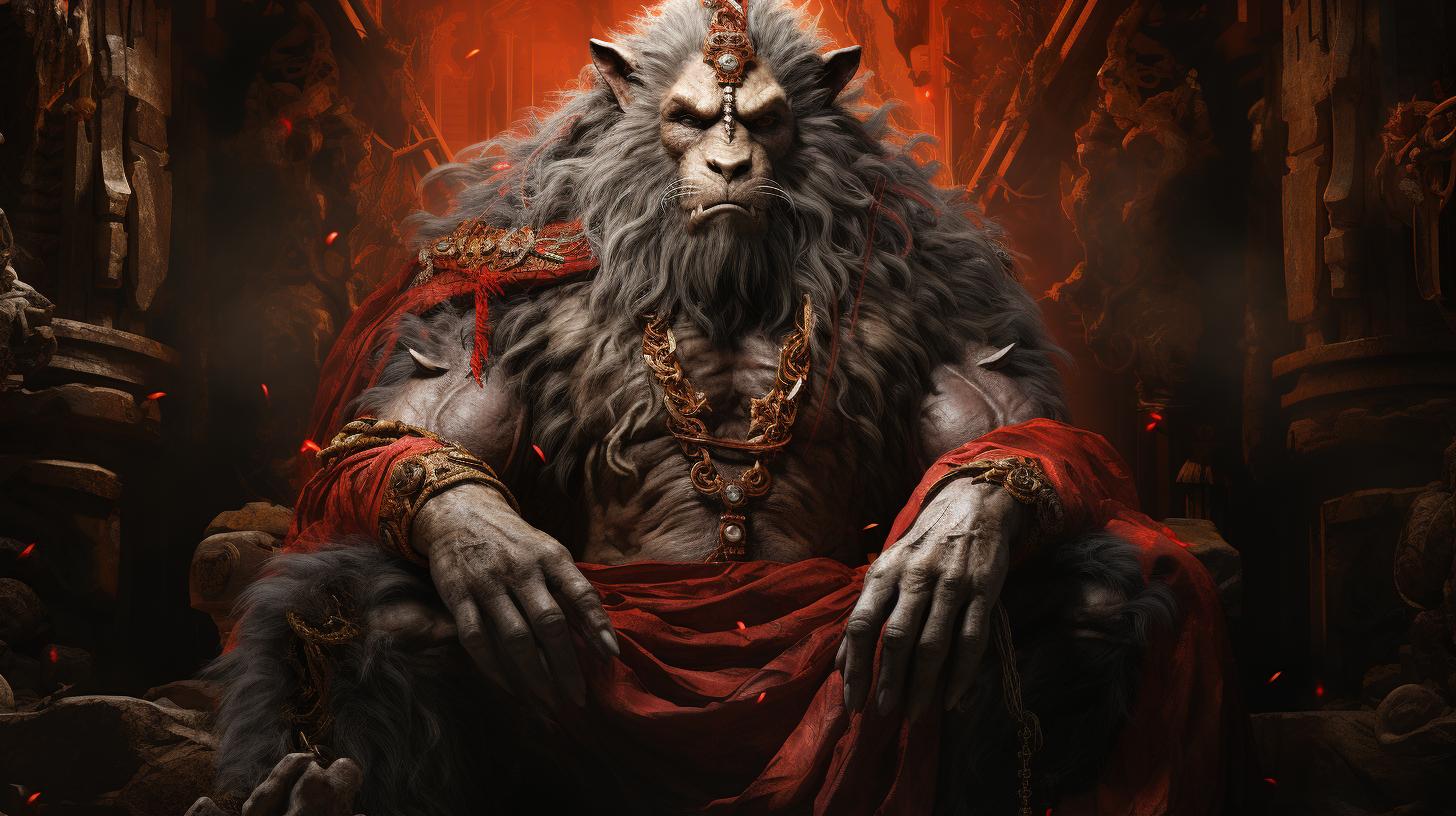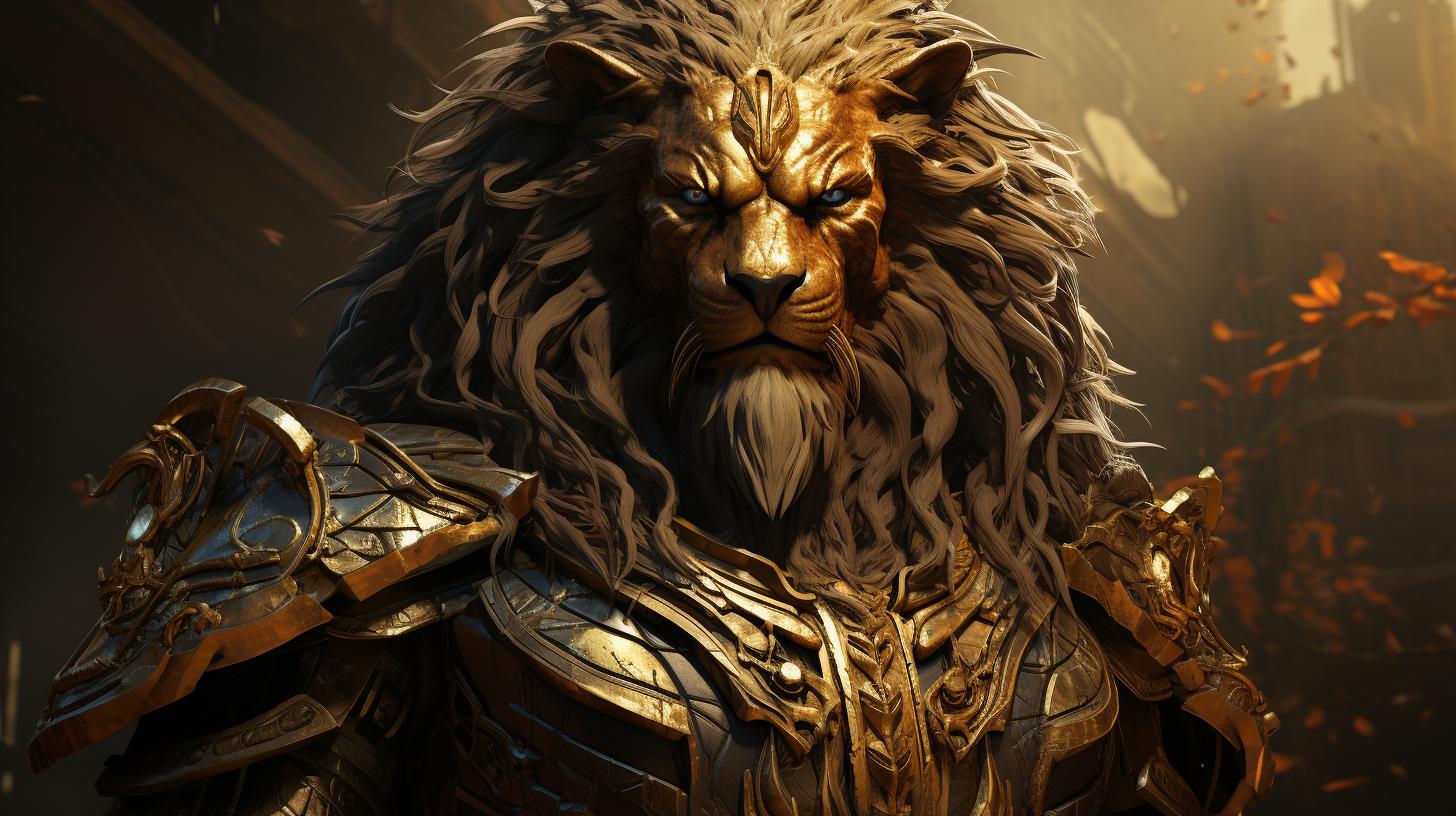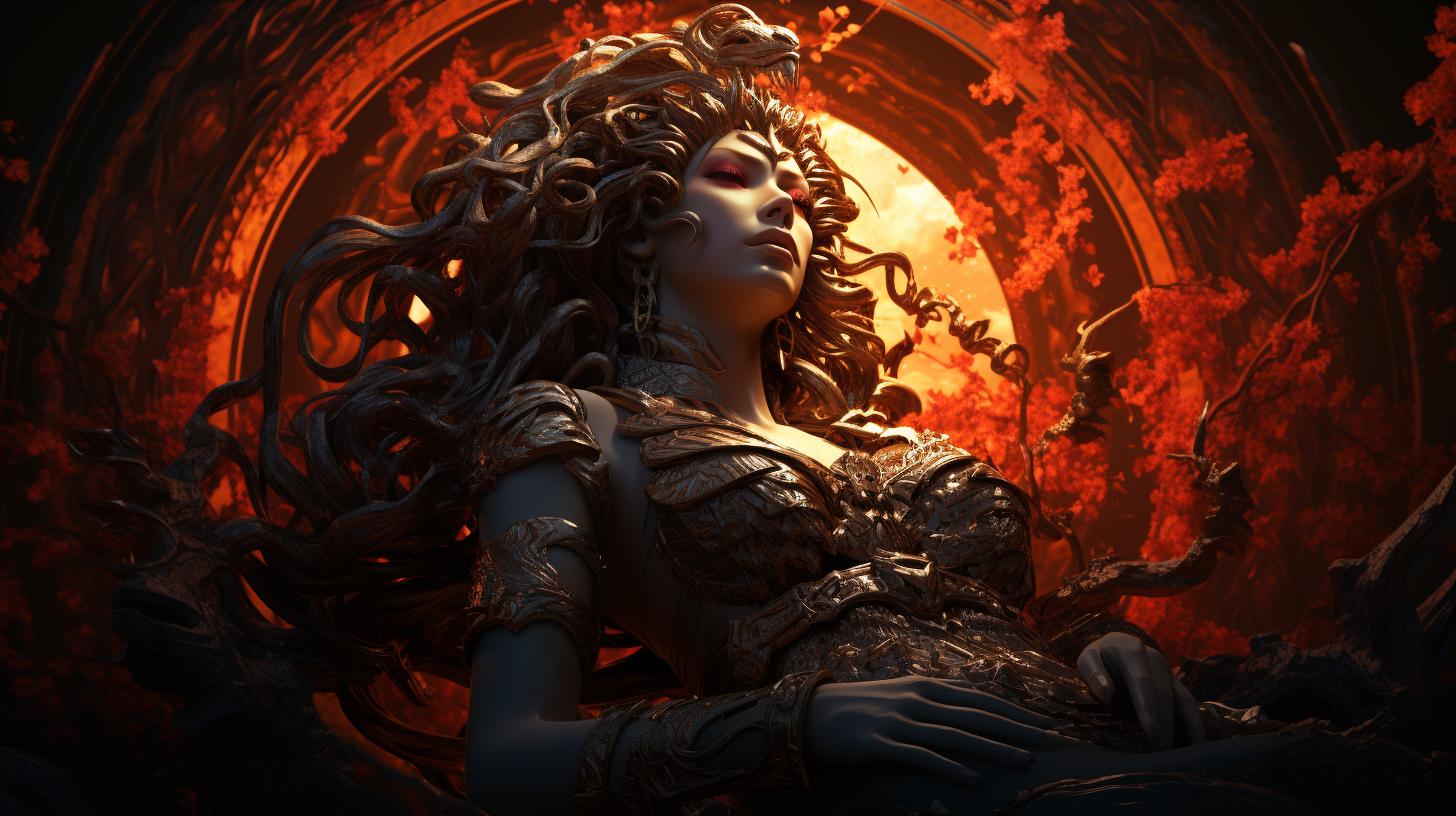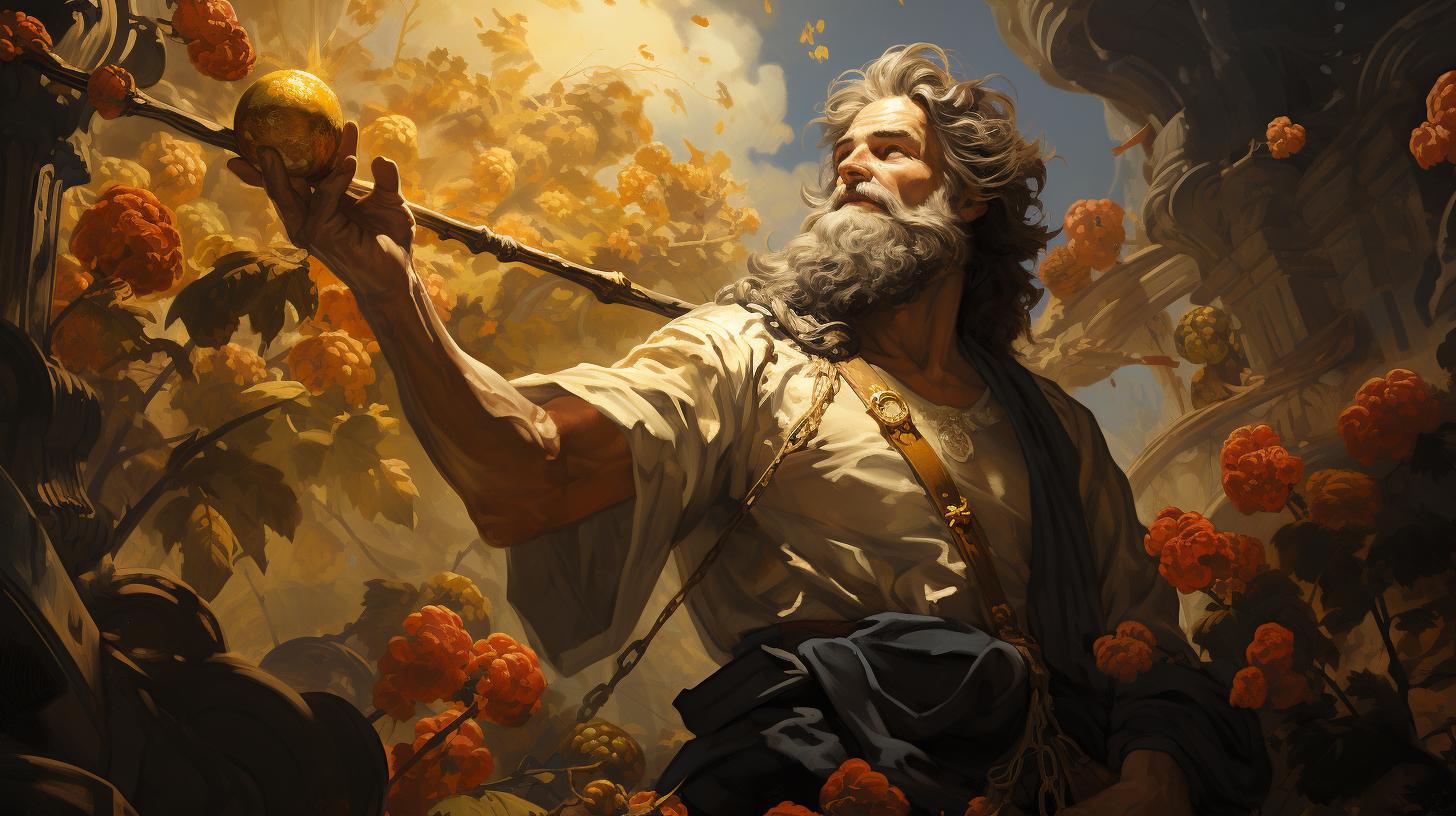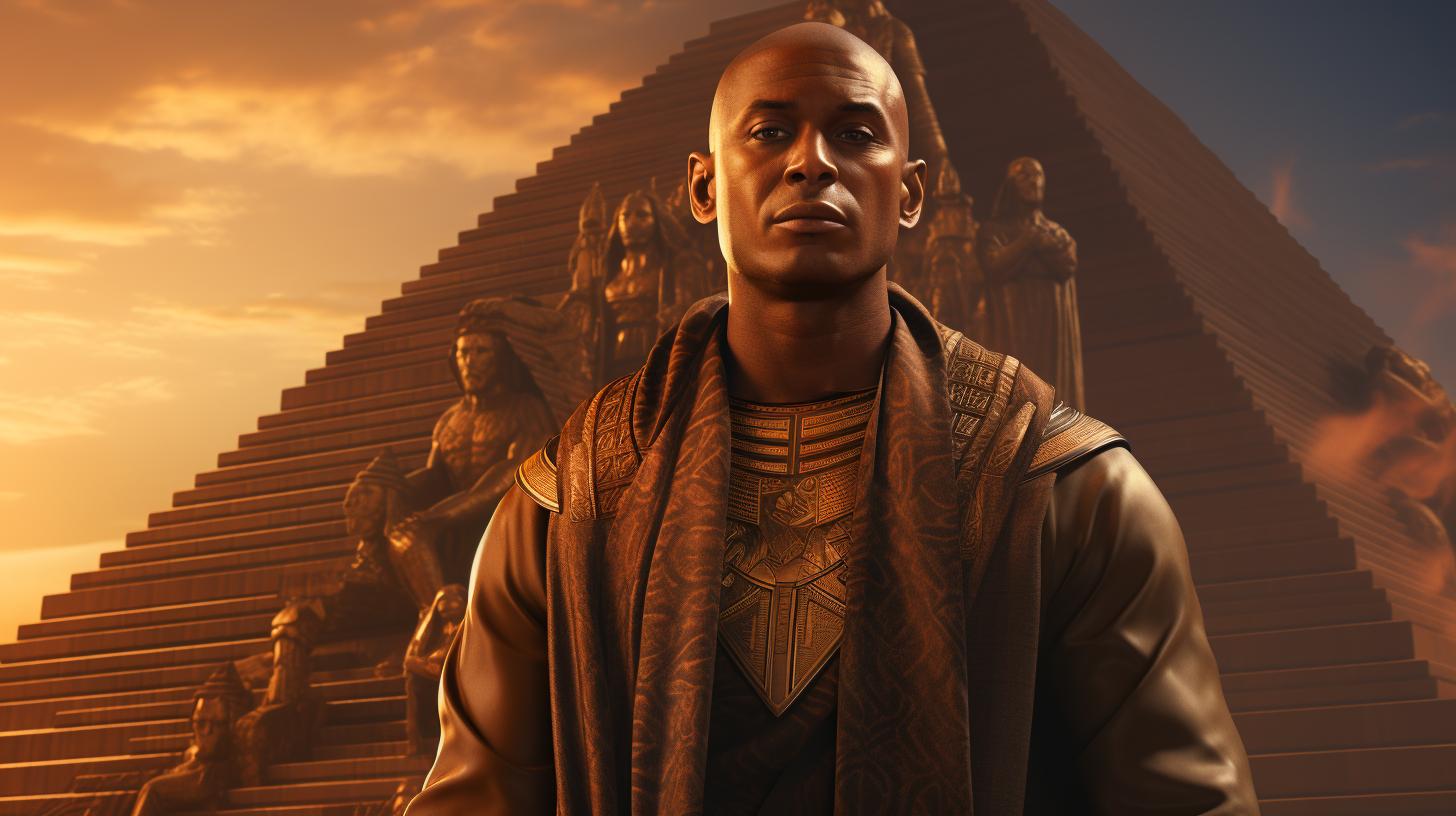Mafdet: Insight into the Egyptian Goddess of Justice and Protection
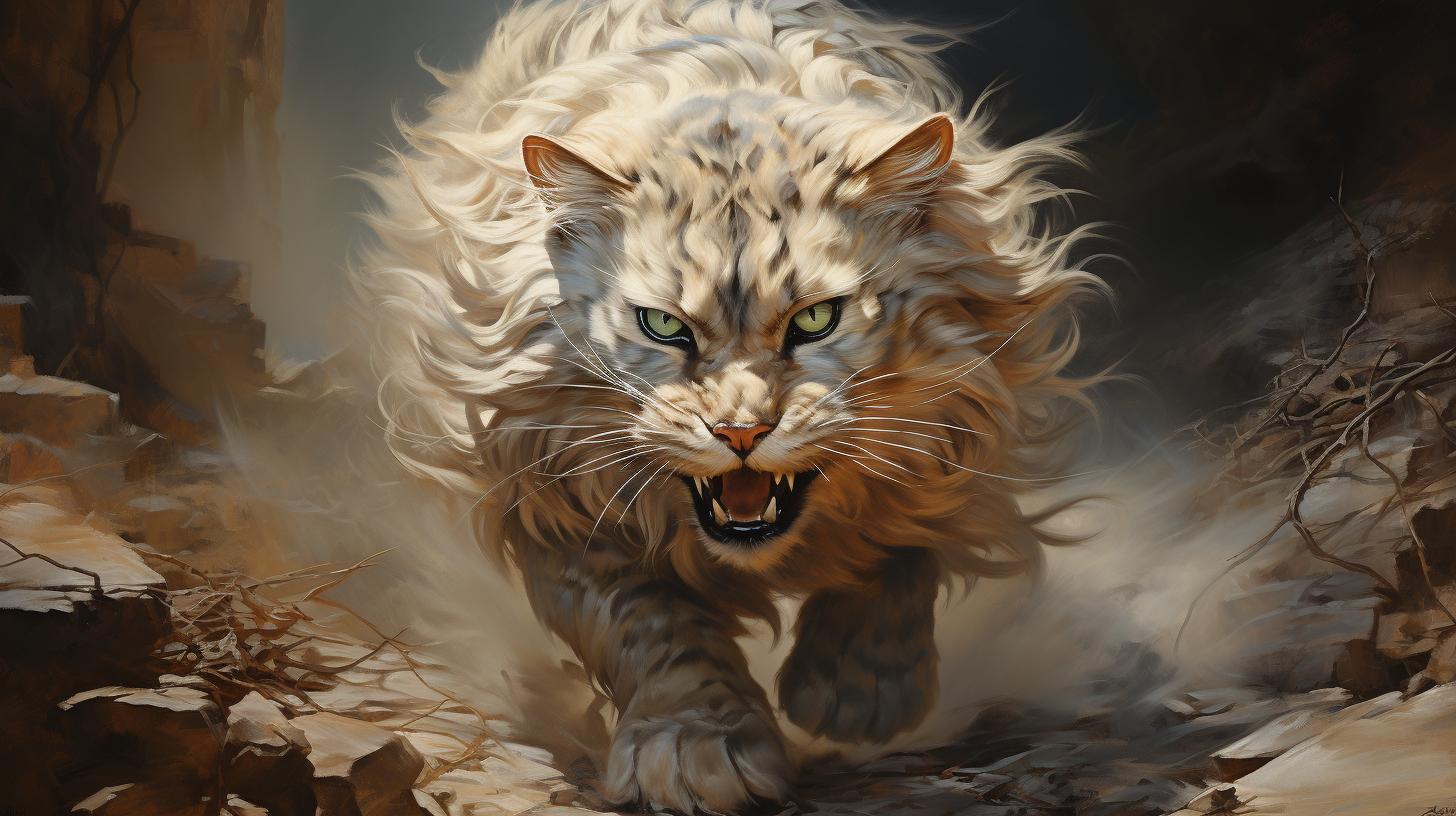
The goddess Mafdet, also known as Mafdet or Maftet, was revered in ancient Egypt for her role as the “Vengadora del Rey” or Avenger of the King. Represented as a woman with the head of a cheetah, she symbolized protection and justice.
Mafdet’s association with safeguarding sacred places and defending against venomous creatures made her an important deity. Connected to Mafdet is the concept of Maat, the goddess of truth, balance, and justice.
Maat played a crucial role in maintaining order in Egyptian society. Together, Mafdet and Maat held significant religious and cultural significance in ancient Egypt.
The Goddess Mafdet
The goddess Mafdet holds a significant place in ancient Egyptian mythology and religious beliefs. Let’s explore her origins, representation, roles, associations, and historical significance.
Origins and Representation
Mafdet, also known as Mafdet or Maftet, emerged as an important deity during the early First Dynasty of Egypt. She was often depicted as a woman with the head of a cheetah, symbolizing her agility and speed.
The name Mafdet translates to ‘she who runs swiftly,’ emphasizing her swift pursuit of justice and protection.
Roles and Associations
Mafdet held several significant roles in ancient Egyptian culture. She was revered as the ‘Vengadora del Rey’ or ‘Avenger of the King,’ responsible for punishing wrongdoers and presenting their hearts to the pharaoh, similar to a cat presenting its prey.
Mafdet was also known as the ‘Asesina de Serpientes’ or ‘Killer of Serpents’ and the ‘Gran Gata’ or ‘Great Cat.’ She guarded the king’s chambers and other sacred places, protecting them from venomous animals, further cementing her association with divine protection and justice.
Historical Significance
Mafdet played a crucial role in ancient Egyptian society, especially during the early dynasties. While her cult was eventually overshadowed by the rise of the goddess Bastet, Mafdet’s symbolism as a cheetah remained linked with the pharaohs.
Her representation as a vigilant protector and bringer of justice exemplified the ideals valued by Egyptian rulers.
The Concept of Justice in Ancient Egyptian Religion
The concept of justice, known as Maat, held immense significance in ancient Egyptian society. Maat represented the principles of truth, balance, order, morality, and righteousness. It encompassed both the natural and moral laws that governed the universe and human behavior.
Through upholding Maat, Egyptians believed they could maintain harmony and prevent chaos.
Overview of Maat
Maat was personified as a young woman and often depicted with wings or an ostrich feather on her head. She played a pivotal role in the religious beliefs of ancient Egyptians, serving as the authority for moral conduct and divine order.
Maat regulated various aspects, including seasons, celestial bodies, and the actions of both mortals and deities.
Importance of Maat in Egyptian Society
Maat’s influence extended beyond religious practices to societal structure and governance. Egyptian pharaohs were considered the upholders of Maat and were responsible for safeguarding justice, truth, and righteousness within their kingdom.
It was believed that a harmonious society could flourish only under the guidance of Maat.
Connection between Mafdet and Maat
While Mafdet had distinct roles as the avenger and protector, her association with justice and protection linked her to the concept of Maat. As Mafdet safeguarded the king’s chambers and defended against harm, she indirectly contributed to upholding the principles of Maat. Both deities played complementary roles in maintaining order, justice, and balance within ancient Egyptian religious and social frameworks.
Mafdet and Maat in Egyptian Mythology
In the rich mythology of ancient Egypt, Mafdet and Maat played significant roles, each with their own unique stories and symbolism.
Stories and Legends Associated with Mafdet
Mafdet, the fierce goddess with a cheetah head, was revered for her role as the Avenger of the King. As the “Vengadora del Rey,” she was believed to tear out the hearts of wrongdoers and present them to the pharaoh.
Similar to a cat presenting its prey, Mafdet’s actions symbolized justice and protection. She was also known as the “Asesina de Serpientes,” highlighting her association with safeguarding against venomous creatures.
Maat’s Role in Mythology and the Afterlife
Maat, on the other hand, represented truth, harmony, and justice in the mythological realm.
Often depicted as a young woman with wings or an ostrich feather atop her head, Maat ensured balance in the actions of both mortals and gods. Her primary role was associated with the “Pesada del Corazón” in the Duat, where her feather was used to measure the hearts of the deceased.
If the hearts were found to be free of wrongdoing, the souls could enter the paradise of the afterlife.
The association between Mafdet and Maat in Egyptian mythology showcased a duality of justice and protection.
Mafdet’s swift actions in punishing wrongdoers complemented Maat’s role in maintaining balance and order in the universe.
Mafdet and Maat in Egyptian Art and Iconography
Depictions of Mafdet in Ancient Egyptian Art
Ancient Egyptian art provides fascinating insights into the representation of the goddess Mafdet. She was often depicted as a woman with the head of a cheetah, symbolizing her association with swiftness and agility.
Artists captured her ferocious nature by emphasizing her fierce feline features and her role as the “Avenger of the King.” These depictions showcased her power and ability to protect sacred spaces and ward off venomous creatures, further solidifying her reputation as a formidable goddess.
Symbolism and Representations of Maat
Maat, on the other hand, was represented in ancient Egyptian art in various ways, each carrying deep symbolic meaning. Often portrayed as a young woman, Maat embodied the concepts of truth, harmony, and justice.
In some depictions, she was depicted with wings on each arm, symbolizing her ability to maintain balance and order in the world. Another prominent symbol associated with Maat was the ostrich feather, which adorned her head.
This feather represented truth and played a crucial role in the Weighing of the Heart ceremony, where the righteousness of souls was judged in the afterlife.
Artists skillfully communicated Maat’s significance in Egyptian society through careful attention to the details of her representations.
The inclusion of these symbols emphasized her role in upholding moral values and ensuring the cosmic order.
- Ancient Egyptian art showcased Mafdet as a woman with a cheetah head, symbolizing her protection and swift retribution.
- Maat was depicted as a young woman, often with wings or an ostrich feather, representing truth, harmony, and justice.
- The symbolism in the depictions of both goddesses highlights their respective roles in maintaining order and upholding moral values in ancient Egyptian culture.
The Worship and Cult of Mafdet and Maat
Exploring the worship and cult practices surrounding the ancient Egyptian goddesses Mafdet and Maat provides fascinating insights into their significance within the religious and social fabric of that time.
This section delves into the rituals, temples, shrines, priesthood, and devotion associated with these revered deities.
Rituals and Practices
The rituals and practices dedicated to Mafdet and Maat were integral to the spiritual lives of ancient Egyptians. Worshipers engaged in various ceremonies and observances to honor and seek favor from these goddesses.
- Purification rituals were performed before approaching Mafdet and Maat, symbolizing the cleansing of one’s heart and mind.
- Offerings of food, drink, and incense were presented to the goddesses as acts of devotion and gratitude.
- Prayers and invocations were recited to seek their guidance, protection, and support in matters of justice, truth, and righteousness.
Temples and Shrines
Mafdet and Maat were revered in numerous temples and shrines across ancient Egypt.
These sacred spaces served as focal points for worship, where followers gathered to pay homage and seek blessings.
- The Temple of Mafdet was a sanctuary where the goddess was venerated as the protector of the pharaoh and guardian of sacred spaces.
- Shrines dedicated to Maat were prominent in major cities and held sacred objects, such as Maat’s feather, which played a significant role in the afterlife judgment process.
- These architectural marvels stood as physical representations of the presence of Mafdet and Maat in the mortal realm.
Priesthood and Devotion
The priesthood devoted to the worship of Mafdet and Maat played a crucial role in maintaining the rituals, overseeing temple activities, and connecting the devotees with the divine presence of these goddesses.
- Priests and priestesses underwent rigorous training and were considered intermediaries between the mortal realm and the divine.
- They performed sacred ceremonies, including the purification of sacred spaces, offering rituals, and conveying the will of Mafdet and Maat to the worshipers.
- Devotion to Mafdet and Maat extended beyond the priesthood, with individuals expressing their loyalty and reverence through personal prayers and acts of piety.
The worship and cult of Mafdet and Maat stood as pillars of Egyptian religious practices, featuring intricate rituals, awe-inspiring temples, and devoted priesthood.
These aspects reflected the significance of justice, protection, balance, and truth in the lives of ancient Egyptians.
The Legacy of Mafdet and Maat
The influence of Mafdet and Maat extended beyond their respective roles in ancient Egyptian religion. Their significance had a lasting impact on later Egyptian deities and the overall culture and society of the time.
Influence on Later Egyptian Deities
Mafdet’s association with justice and protection left a mark on subsequent deities worshipped in Egypt. Her symbolism as a feline goddess was carried forward in the cult of Bastet, another feline goddess who gained prominence and popularity over time.
The image of a powerful protector, capable of defending the king and ensuring order, continued to be associated with the pharaohs and their divine authority.
Impact on Egyptian Culture and Society
The concept of Maat, embodied by the goddess Maat, had a profound impact on Egyptian culture and society.
Maat’s principles of truth, balance, and justice served as the moral compass guiding everyday life and governance. The belief that one’s actions should align with Maat’s ideals fostered a sense of social harmony and ethical behavior among the ancient Egyptians.
Furthermore, Maat’s role in the afterlife, specifically in the Weighing of the Heart ceremony, influenced the people’s perception of the eternal destination of their souls. Striving to have one’s heart weighed against Maat’s feather became a central concern for individuals, emphasizing the importance of leading a righteous life.
In art and iconography, the symbols associated with Maat, such as the feather of truth, became ubiquitous in depictions of pharaohs and other figures of authority. This visual representation reinforced the notion that upholding Maat’s principles was integral to maintaining order and stability in Egyptian society.
The legacy of Mafdet and Maat persisted through the centuries, influencing subsequent religious practices, artistic representations, and societal values. Their enduring impact reflects the profound significance of these goddesses in the ancient Egyptian belief system.
- The symbolism of Mafdet as a powerful protector continued through the worship of Bastet.
- Maat’s principles of truth and justice shaped moral values in Egyptian society.
- The belief in Maat’s influence on the afterlife influenced individual behavior and aspirations.
- Maat’s symbols, such as the feather of truth, permeated Egyptian art and iconography.












